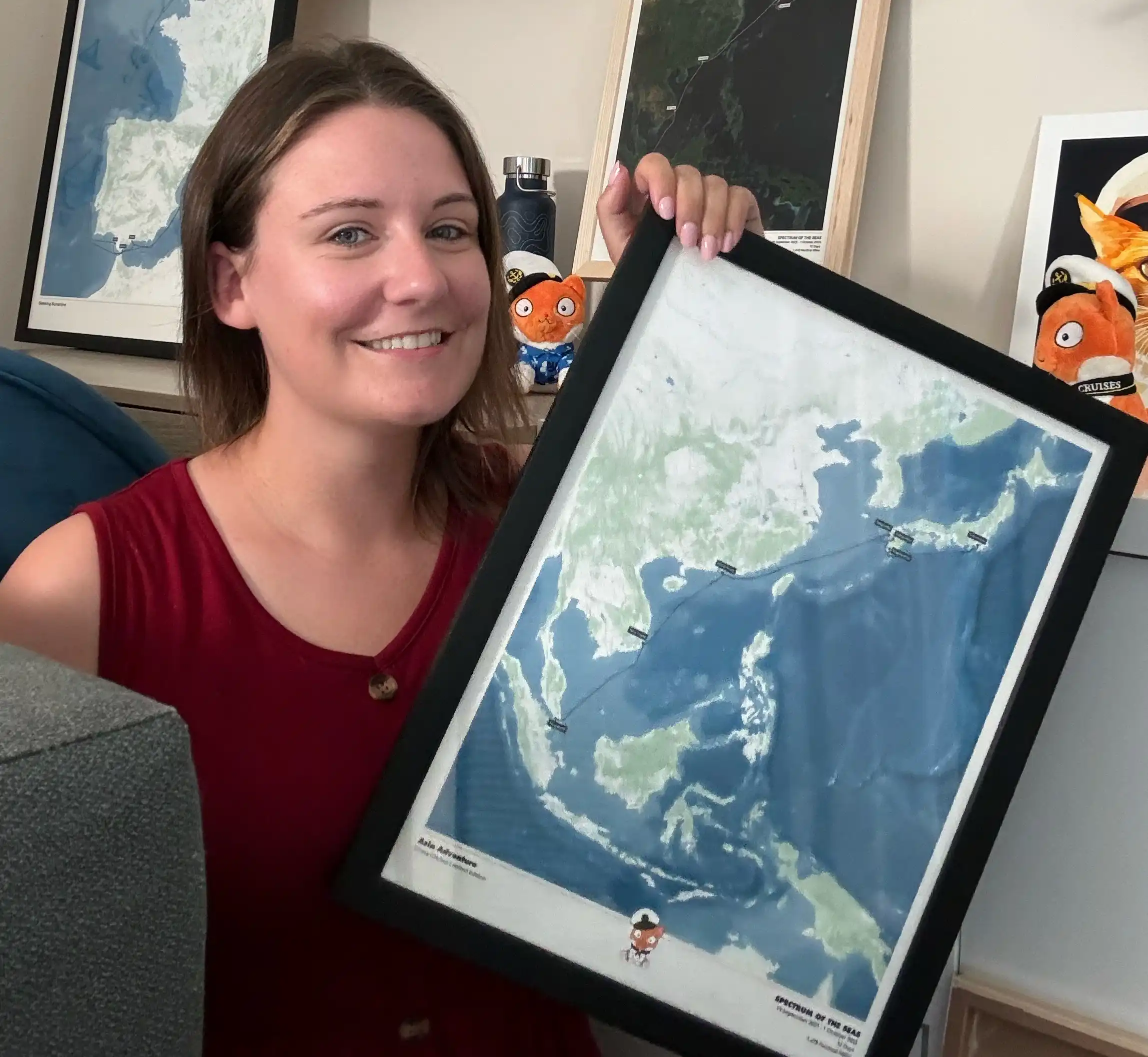If you are considering a cruise, you may be wondering if the ship will be similar to a ferry.
I’ve been on many cruises and have also taken trips on ferries. In this article, we will look at the differences between the two.
Many people wrongly assume that by taking a ferry trip, they’ll know what to expect from a cruise ship. This couldn’t be further from the truth in my experience!
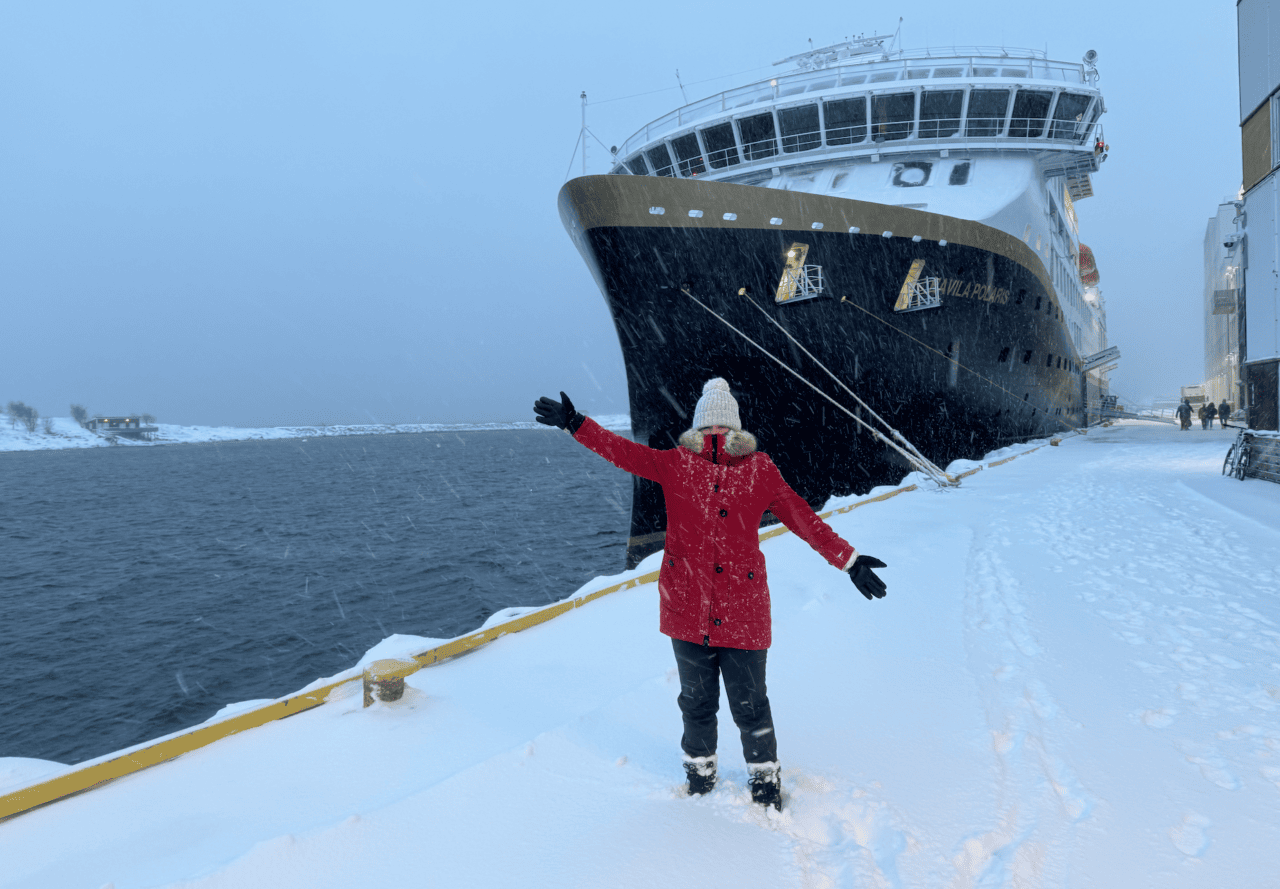
What Is The Difference Between a Ferry and a Cruise Ship?
Ferries are small ships designed to transport people and cargo from one destination to the other.
Cruise ships are usually much larger than ferries, and they usually only transport passengers. Cruise ships are designed with leisure in mind and have many more onboard amenities than ferries.
Ferries usually only make short journeys, whereas cruise ships sail for weeks at a time. The purpose, ship design, onboard activities, and onboard experience all vary greatly.
Below are examples of a small ferry, a large ferry, a mid-sized cruise ship, and a large cruise ship.
| Staten Island Ferry (Kennedy Class) | Cross Channel Ferry (MS Delft Seaways) | Mid Sized Cruise Ship (Marella Discovery) | Large Cruise Ship (Symphony of The Seas) | |
|---|---|---|---|---|
| Weight | 2100 Gross Tons | 35,000 Gross Tons | 70,000 Gross Tons | 228,000 Gross Tons |
| Passengers | 3000 | 780 | 1830 | 6680 |
| Cars | 40 | 200 | 0 | 0 |
| Crew | 15 | 70 | 750 | 2200 |
#1 A Cruise Ship and a Ferry Have a Different Purpose
What Is The Purpose of a Ferry?
The primary purpose of a ferry is to transport guests from A to B.
Ferries are primarily a mode of transport, and they often carry cargo, and some carry cars.
Ferries often provide a cheap alternative to other transportation methods, such as flying, and, as a result, are very popular in some places.
The Silja Symphony is a ferry that sails in the Baltic Sea. I took a sailing on her that ran between Stockholm, Sweden and Helsinki in Finland. It was incredibly cheap and a great way to travel.
The Silja Symphony ferry was the inspiration for some Royal Caribbean ships. I thought I should give her a try to see what Royal Caribbean had copied…
Find out more about that here:
Ferry Examples:
One of the most popular ferry routes is the Staten Island Ferry in New York.
I have taken the journey on the Staten Island Ferry, and although it is very functional and provides great scenery, it’s far from a leisure activity.
The ferry carries 75,000 people PER DAY between Lower Manhattan and Staten Island.
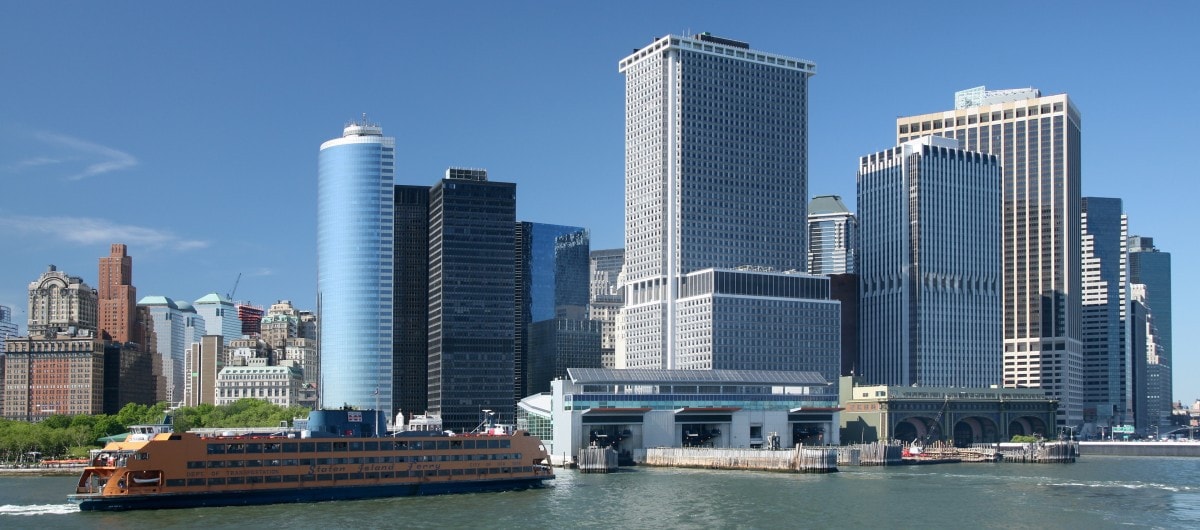
Another very popular ferry route is the Star Ferry in Hong Kong.
I enjoyed this ferry trip more than the Staten Island ferry because we were able to sit outside with fresh air, but even still, it was very much a no-thrills ride.
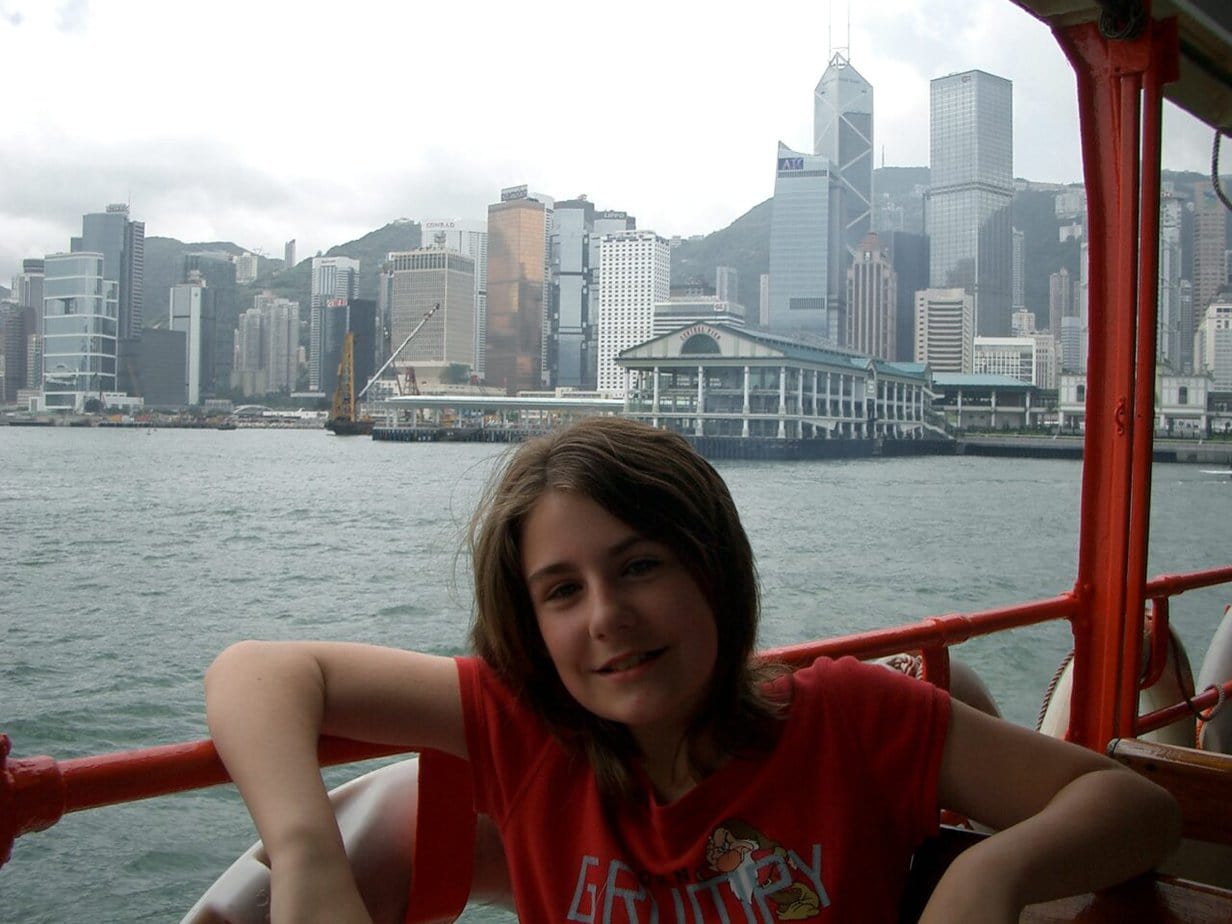
What Is The Purpose Of A Cruise Ship?
The primary purpose of a cruise ship is to be a floating resort for the passengers onboard.
Cruise ships are full of cabins, restaurants, bars, entertainment venues, and swimming pools.
For many people, Me included, the idea of going on a cruise is as much about the ship as it is about the destinations visited.
Cruise Ship Examples:
The most popular cruise destination is the Caribbean. Guests from all over the world head to the Caribbean year-round to take a Caribbean cruise.
Most Caribbean cruises are upwards of 5 or so nights long and are generally pretty relaxed and fun.
There are many options for Caribbean itineraries, including Eastern, Western, and Southern Caribbean cruises. To learn more about how these different itineraries check out this post:
How Much Does a Caribbean Cruise ACTUALLY Cost? (13 Examples)
Another very popular cruise destination is the Mediterranean. Mediterranean cruises sail year-round, and they are particularly popular as they can visit a number of countries within a week or so.
I’ve taken many Mediterranean cruises and usually visit around 5 countries in 7 nights.
To do a similar trip on land would be incredibly difficult, and expensive!
An example of a cruise I took in the Mediterranean where I was tempted never to get off the ship was a trip I took on Symphony of the Seas. There was so much to do onboard, there was no way I could see and do everything in a week.
Find out about that cruise here:
What Is The Difference in Purpose?
Guests board cruise ships to enjoy the amenities of the cruise ship, whereas guests board ferries to get from A to B.
You can also transport things like cars and cargo on ferries, which cruise ships are not designed to do.
#2 Size & Ship Design
Generally speaking, ferries are much smaller than cruise ships and you’ll often find that they have a different design.
The design of the ferry varies dramatically. Some will be flat and low to the river/ocean, and others will look more similar to ocean cruise ships.
The Staten Island ferries are around 3000 gross tons. The largest cruise ship, Icon or the Seas, is over eight times as big at a gross tonnage of 248,663
Despite the difference in size, you’ll often find a similar amount of passengers onboard.
On cruise ships, guests have much more space per person as they need a cabin and places to eat and relax.
On ferries, guests are often just sat together and don’t need much room.
Ferries also don’t need anywhere near as many crew members onboard as cruise ships do.
A typical ratio on a cruise ship is one crew member to every three passengers. On the Staten Island Ferry, you’ll find 3000 guests with only fifteen crew members. That’s one crew member for every 200 passengers.
#3 Onboard Activities
What Is There To Do On A Ferry?
On a ferry, your options are very limited. In most cases, for a short journey, you will just be sat down.
You may be able to look at the view, or if you’re in the middle – as I was on the Staten Island ferry – you may not be able to see anything!
On some larger ferries, you’ll find restaurants and bars. I’ve personally never felt the need to eat on a short ferry ride as I get too seasick.
Lots of ferries do provide free WiFi to pass the time but as most journeys are short there doesn’t need to be any entertainment onboard.
Taking a ferry is similar to taking a ride on a train but with a few added things on occasion, like video arcades or games rooms.
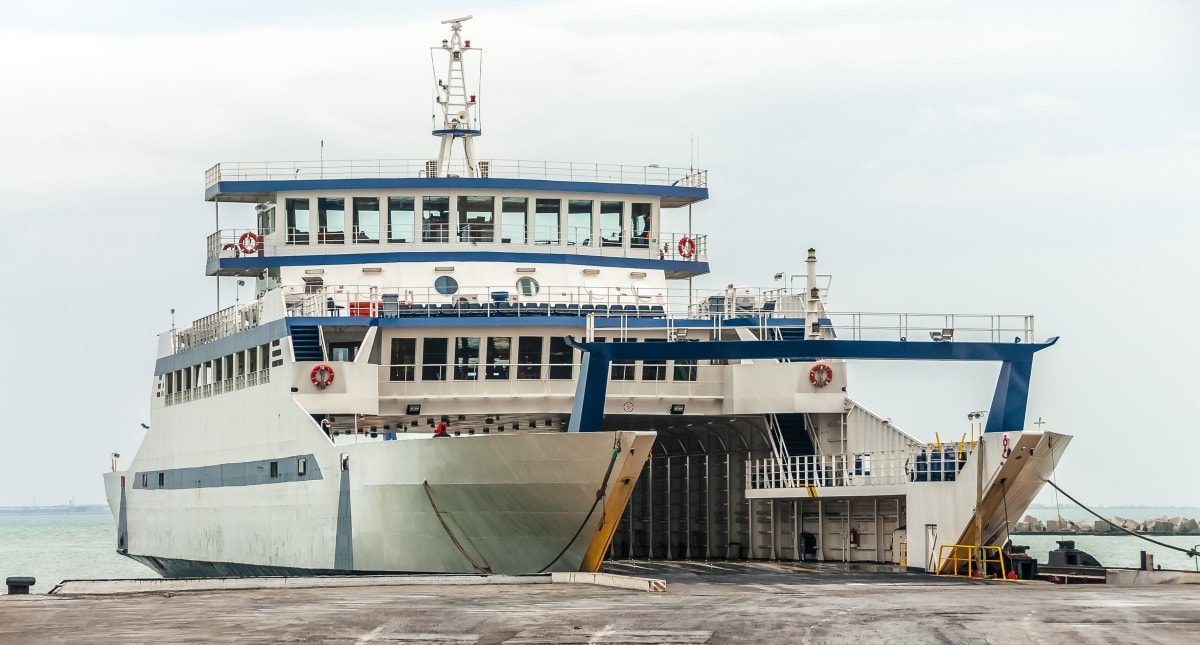
What Is There To Do On A Cruise Ship?
Cruise ships are filled with restaurants, bars, theatres, swimming pools, casinos, lounges, and much much more.
Onboard amenities do, of course, depend on the cruise line and ship, but almost all ships will have multiple bars, restaurants and entertainment venues.
On a cruise, you’ll find a daily schedule that is full of activities. On more lively, family-focused cruise lines, you’ll find things like Ropes Courses, Surf Simulators, and Zip Lines.
It’s often easier to think of a cruise ship as being a floating resort or city at sea. You’ll find everything that you would find in a small city on land – like shops, gyms, hairdressers and spas!
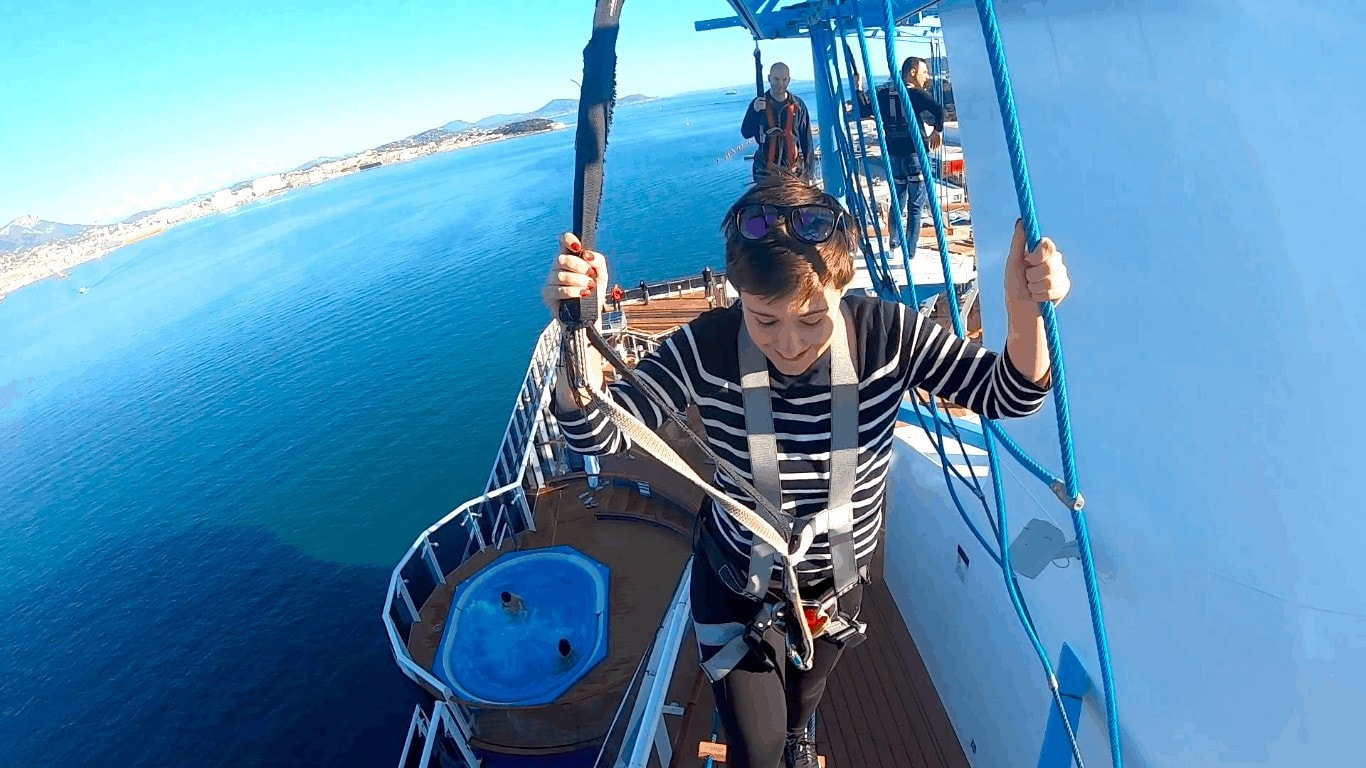
What Is The Difference In Onboard Activities?
There is a lot more to do on a cruise ship than on a ferry.
Entertainment is provided and there are numerous choices for how to spend a day on board.
Ferries are more functional than cruise ships, and although they may provide some bars and restaurants, the experience and quality are usually very limited.
#4 Movement
How Much Movement Do You Feel On A Ferry?
If you are prone to travel sickness, you are much more likely to feel seasick on a ferry than on a cruise ship.
It’s common for people who don’t even suffer with seasickness to feel unwell on ferries, especially if eating or drinking too much!
I almost always take seasickness pills when taking a trip on a ferry. The exception to this would be where I am able to sit on the top deck and get some fresh air, this usually helps but I still wouldn’t want to do it for a prolonged period of time.
You’ll often feel vibrations and bumps and judders when taking a trip on a ferry.
Ferries are simply not designed for pleasure cruises; they are designed with a purpose in mind, and passenger comfort tends to come secondary to speed and efficiency.
What Movement Do You Feel on a Cruise Ship?
I am an incredibly seasick person. I get seasick on almost everything, but interestingly enough, I very rarely get seasick on cruise ships.
Due to the size, design, and stabilisers of the cruise ship, the movement that you’ll feel onboard is usually very small.
There are, of course, occasions where a ship may be caught in bad weather where the movement felt increases, but even still, this is very rare and doesn’t put me off of cruising.
To learn more about what it feels like to be on board a cruise ship, including where you’ll feel the motion the most, check out this post:
You May Feel Movement on a Cruise Ship – Here’s When and Why
#5 What’s Included In Your Fare?
The majority of ferry trips only last for a few minutes or a few hours. Cruises usually last for multiple days and can last weeks, even months!
This not only impacts the experience but also how much it’ll cost.
Realistically, for a cruise, you’re looking at at least $100 per night, but this includes your accommodation, meals, entertainment, and transport between destinations.
A ferry, on the other hand, is much cheaper, with a trip sometimes costing nothing at all. (the Staten Island ferry in New York is free.)
As a result, your fare only includes transportation from place to place. Any food bought onboard is at an extra cost.
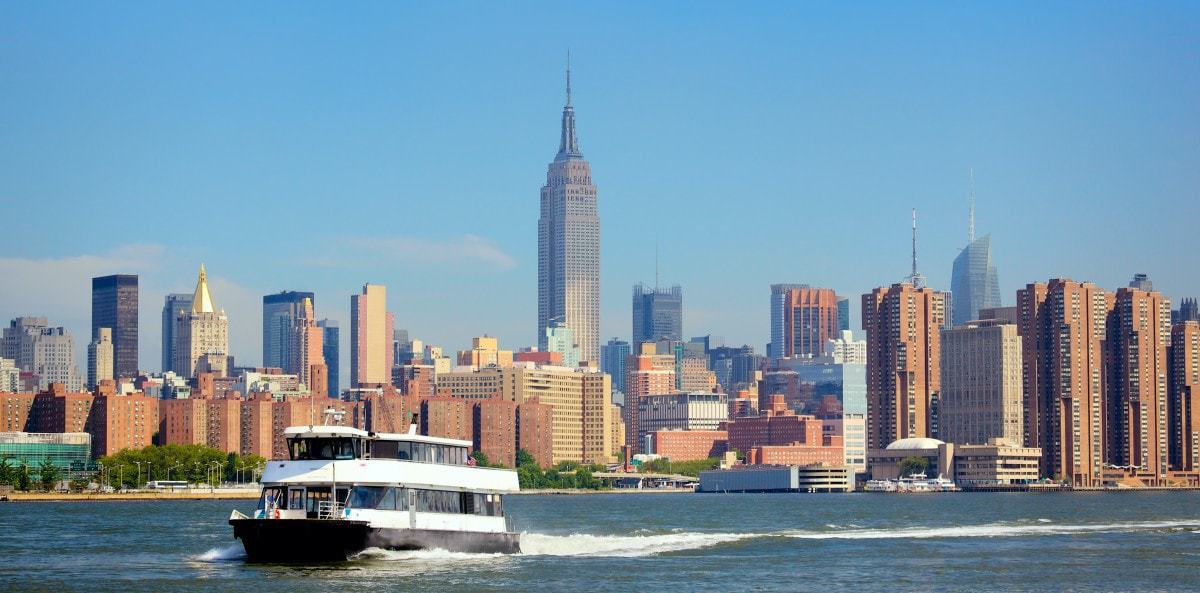
Large Ferries
Some ferries are as large as small cruise ships and look very similar. These are definitely exceptions to the rule, but I think it’s interesting to see these ships.
Some ferries which look very similar to cruise ship are those from the Silja line. On board Silja ships, you’ll find restaurants, bars, shops, and even entertainment.
The cruises taken onboard are longer than you’d find on your average ferry, and as a result, the ship has cabins and is well-equipped for longer journeys.
Another ferry that is more similar to a cruise ship is the Havila Polaris – and her sister ships.
I took a winter trip down the coast of Norway on this state-of-the-art Norwegian ferry. It was silent – and battery powered! It had great food and drink and comfortable cabins onboard.
People could get on and off at every stop, and the ship went to small towns and ports along the coast that cruise ships don’t dock at.
Find out about that interesting trip here:
To Conclude:
Taking a trip on a ferry is a great way to get from A to B.
Ferries are usually basic ships with no added thrills onboard. Cruise ships, on the other hand, are destinations in themselves.
Taking a trip on a ferry is nothing like taking a cruise. If you’ve had a negative ferry experience in the past, don’t let this put you off cruising! It really is like comparing apples to oranges…
Before You Go
Find out all about Cruise ship Lingo – don’t fall for these tricky terms:
Cruise Lingo Exposed: Don’t Fall for These Tricky Terms!
Find out what your cruise fare is actually spent on here:
This is What Cruise Lines Spend Your Cruise Fare on (Real Breakdown)
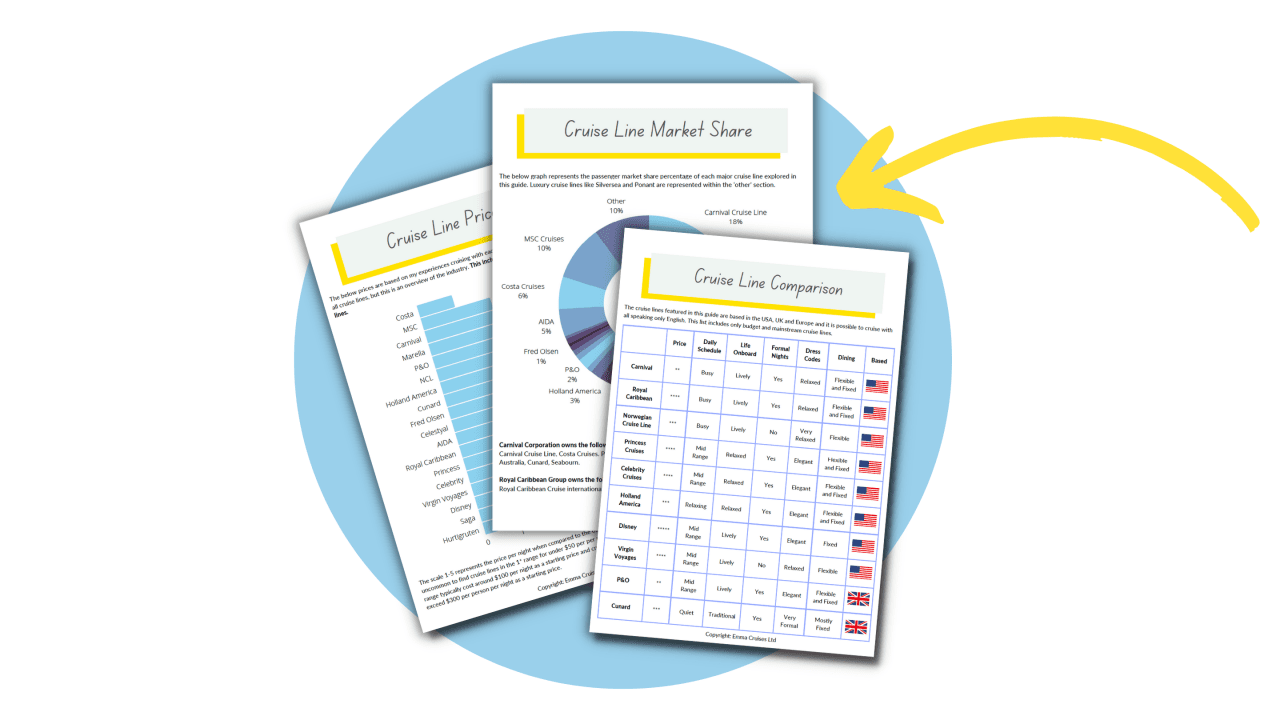
Free Insiders Cruise Line Guide
Ever wondered how the mainstream cruise lines compare? Cruise lines won’t tell you this, but I will.
This FREE guide shows you everything you need to know to find your perfect cruise line.
Whenever I take a cruise I order a print of my trip. It uses the real satellite data from the cruise and is always a great conversation starter!
I'm building an impressive collection...
Code EMMACRUISES will get you 10% off

